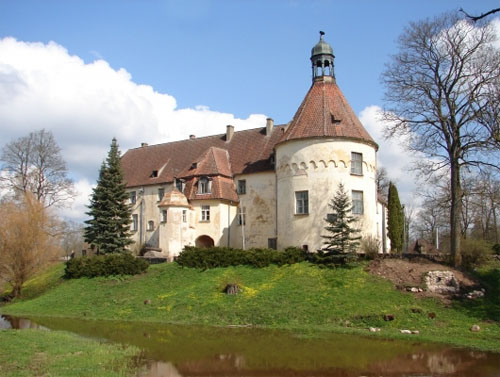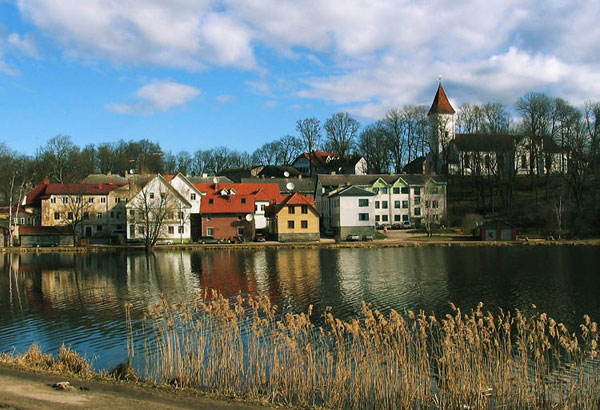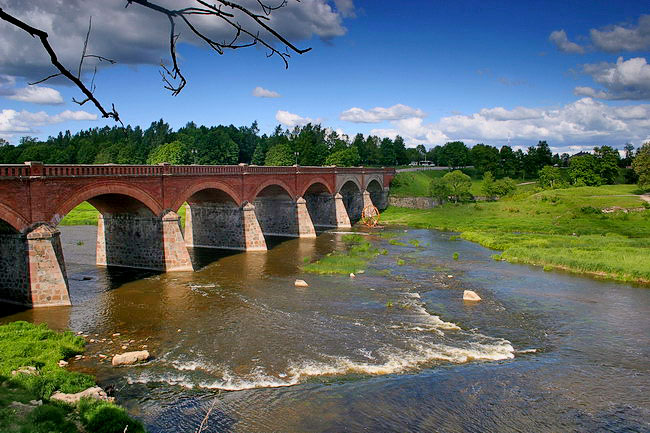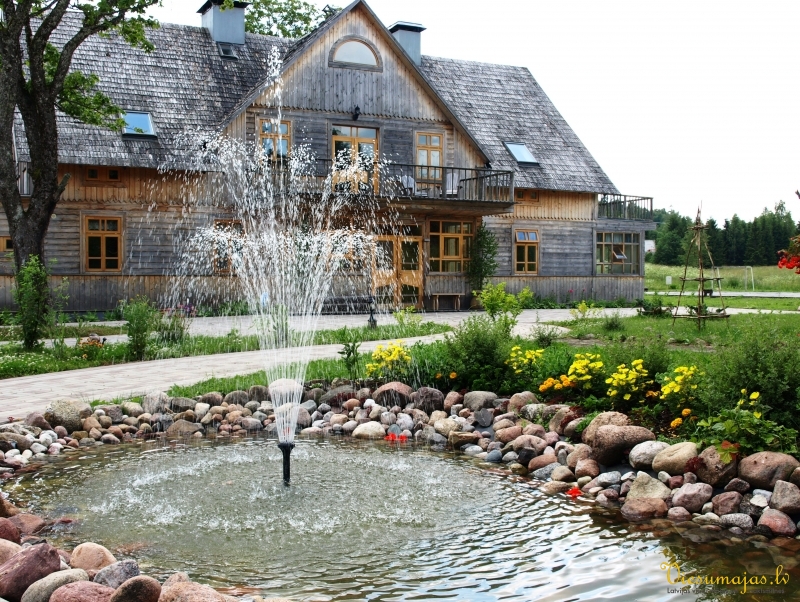Kurzeme region is one of the four historical regions, located in the western part of Latvia. Kurzeme region in Latvia, is located where two major port of Ventspils and Liepaja. Kurzeme-one of four historical and cultural regions of Latvia with the West of the country, from the irben passage in the North, to the Lithuanian border in the South. Kurzeme in the first place is of course the Baltic Sea coast. Sabile is the most northern European grapes. Kuldiga town with its unique tile roofs and many other beautiful places, here is one of the largest waterfalls in Europe-ventas Rumba, a beautiful river Venta. City on the nine hills of Talsi and Combining the historical castle in the vicinity of Tukums.
History Of Kurzeme
Kurzeme in history known as the Courland, ancient Course is the land of ancient Livs and Curonians. In the 13 century, this region was conquered by the German knights and was part of Livonia. The Duchy of Courland, 1561 and Piltenskaâ area in 1795-1917, Courland governorate of the Russian Empire.
After the break-up of the year of 1567 in Livonia, the power that belonged to the order of bishops, and a Russia-Zemgale Duchy (Duchy of Courland and Zemgale) is a State located in the vassal of Poland. It is usually called the Kurzeme (citation needed) Duchy (German Kurland-the Curonians). At the head of this State was the Duke, who was a vassal of the Polish King.
The first ruler of Kurland was Gotthard Kettler, the last master of the Livonian order. Duke did not have a strong power, as the nobility refused to obey him. In 1570, Courland's landlords have ensured that the Duke signed the so-called "privilege of Gotarda" is a legal act by which all previous orders of the estates General had moved into private property landowners. Private property have been declared the property of the order, who after the dissolution of the Livonian Order captured by former members of the order. The nobility was also exempt from any taxes or duties.
The Duke left only his personal estate, which occupied about a third of the territory of the Duchy. To prevent the expansion of the authority of the Duke, the Polish Government strongly supported the landowners of Courland. The nobility possessed unlimited power over their serfs, landowners were even entitled to as a punishment to villagers to death. Pillory and gallows were available in each estate. Published in 1617 year code is "Kurlândsknj Statute" — equated Latvian serfs to Roman slaves. Farmers could buy and sell, weaned off of the family, you can take away from the parents of the children, take back the farmers away from their homes. Runaway peasants and their descendants could sue for a hundred years.
In some of the best conditions were peasants in the estates of the Duke. They were given the right to own property and to its inheritance. Dimensions filvarkovo panschynnoyi management duties and handling in the estates of the Duke were determined on the basis of the so-called inventories, while in private estates, these sizes were determined in such a way that the farmers were on the verge of ruin, but at the same time, the income of the landowner is not reduced.
Duke often lacked the money, so he gave his estates to bail wealthy landlords and merchants. Position of serfs in these estates were particularly difficult, as the lender tried to draw from these estates the maximum profit.
The main source of income of the Duchy of Courland was trade. Rise in grain prices in Western Europe, as well as growing demand for timber and other materials used in shipbuilding, brought additional revenue, as owners of private estates and Duke.
In 1587, the first Duke of Courland died Gotthard Kettler and state management passed to his sons Friedrich and Wilhelm. Friedrich Wilhelm, and Zemgale rules — Kurzeme. Duke Wilhelm realized what an important role in raising the welfare state of trade. During his reign the Kurzeme territory was annexed to the bishopric, which Piltenskogo during the Livonian war the Bishop sold the Danes, as well as the District of Grobina, given in pledge to the ruler of Prussia.













